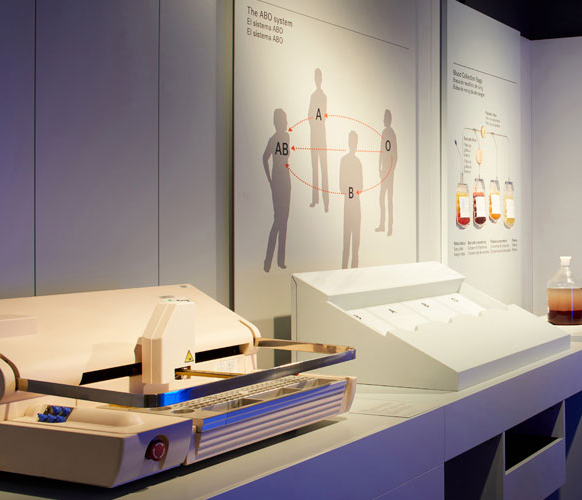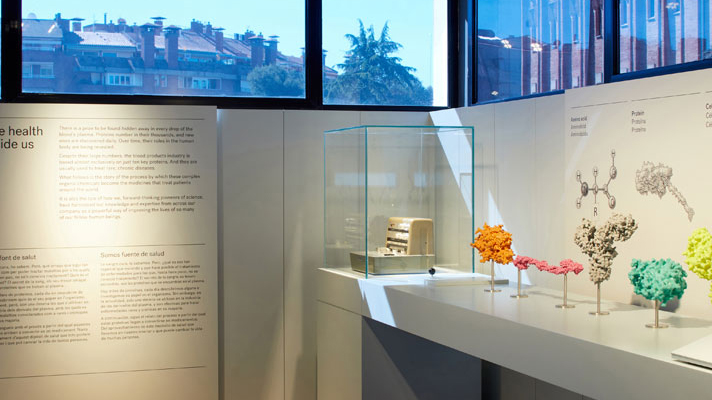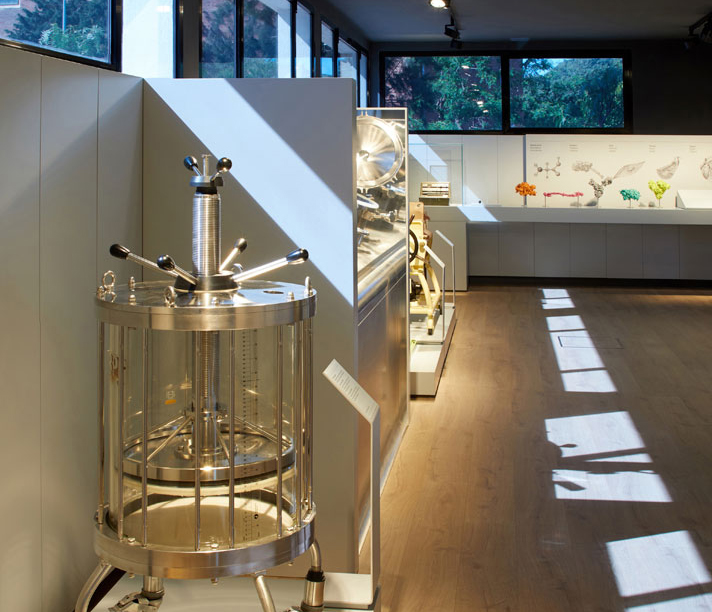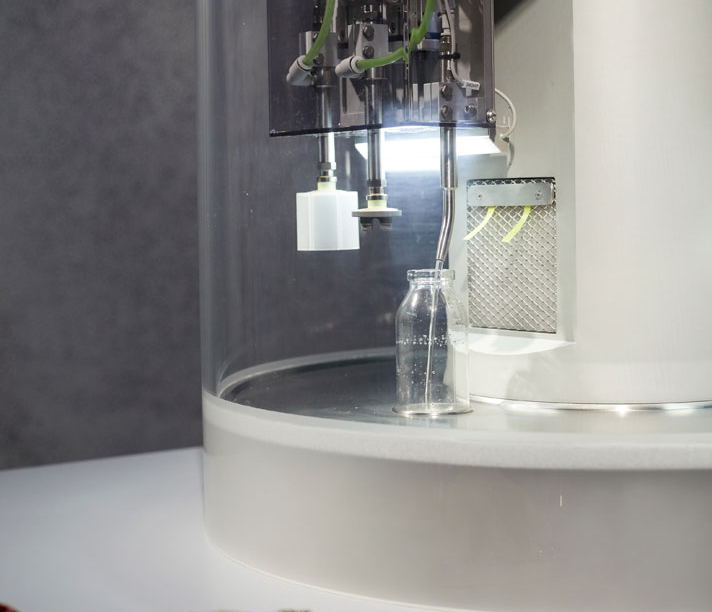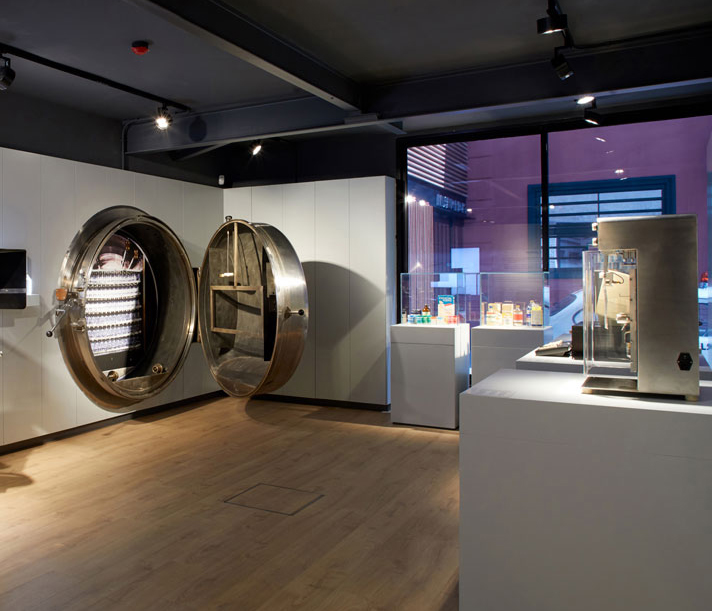Donation of plasma: plasmapheresis
Plasma is the fluid component of blood that remains after the cells and platelets are extracted. Refining blood plasma and extracting and concentrating key proteins are central to our business and to the well-being of patients across the world.
Extracting plasma from a donor while allowing them to retain their blood cells and platelets is essential to large-scale production of plasma-based medicines that are vital to both our patients and our core business. And it was made possible thanks to another Grifols innovation: plasmapheresis.
Dating from 1951, the technique separates out the plasma for collection and re-transfuses the other cellular elements into the bloodstream of the donor.
Because plasma regenerates in the body much more quickly than whole blood, plasmapheresis allows us to safely gather more of the liquid, and extract more proteins. After plasmapheresis each and every unit of plasma is tracked to ensure the highest standards of quality and safety.
A lot has changed since we opened our first manufacturing plant in Parets del Vallès, near Barcelona, Spain, in 1972, but the essential principles of analysis, extraction, purification, and distribution remain the same, even if the scale and technology used has accelerated.
These days, we are the largest collector of human plasma on the planet. Over 14 million donations per year are made at our approximately 400 donation centers around the world, providing Grifols with a dependable supply of the plasma needed to produce our therapies.
At Grifols, we only accept donations from qualified donors to produce our medicines. The donors have to pass all our health checks and have never had any anomalies detected in previous donations. If donations come from centers other than our own, plasma units are reanalyzed according to our own, exacting standards.
